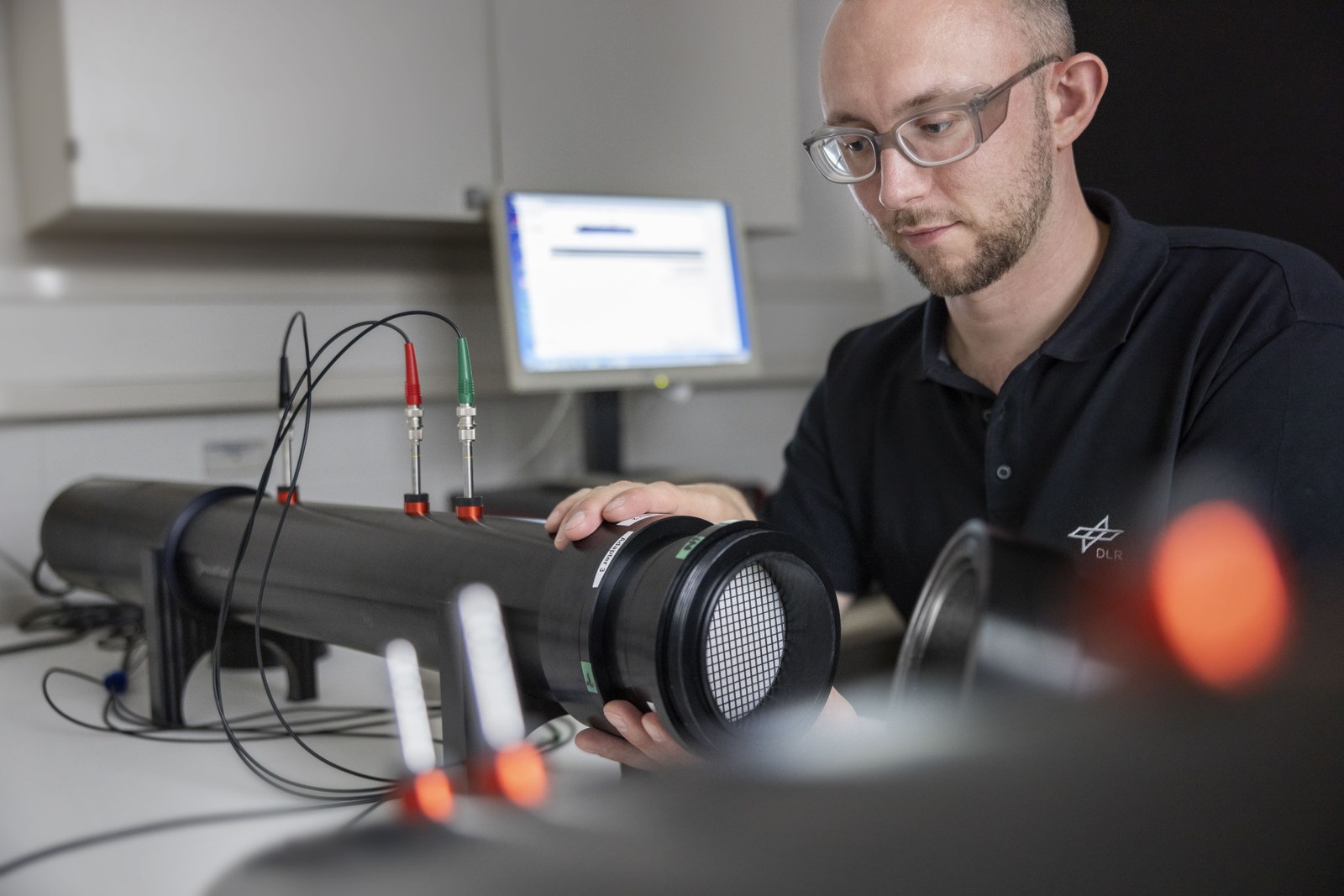Department Aerogels and Aerogel Composites
Aerogels: Unique solids, diverse applications
The solids with fascinating properties have, among other things, a low density and a high internal surface area. They perfect their special feature through high sound absorption and extremely high thermal insulation. Aerogels can be used in a variety of ways. To ensure this, they can be brittle like ceramic but also flexible and elastic like rubber. Depending on the starting material, their operating temperature is between approx. -200 °C and approx. +1400 °C. The material can also be functionalized. Aerogels can therefore be hydrophilic or hydrophobic and can also be made electrically conductive. Furthermore, they can be translucent.
Research focus and areas of application
The research focus of the department is on application-oriented optimization of material properties. The aerogels can be precisely combined with other materials to suit the application requirements. Due to the unique combination of material properties, the possible applications are very diverse, so that topics from the DLR research areas of transport and energy, but also aerospace, are addressed. We also devote ourselves to topics of digitalization, numerical simulation, and the application of artificial intelligence methods in order to realize digital twin concepts, accelerate material development and adapt it to the needs of Industry 4.0.
Possible areas of application for aerogels and aerogel composite materials are:
- Thermal insulation in the range of up to 1400°C (THEA, ISBA, ProFibA, etc.)
- Thermal protection in the drive train of stationary, semi-stationary and non-stationary systems
- Thermal protection systems for spacecraft
- Thermal insulation in the cryogenic sector (HyTaZer, ISBA, etc.)
- Tank insulation for LH2, LOX, LNG
- Lightweight construction in transport (FFAE, THEA)
- Crash absorbers (FFAE)
- Improving cabin comfort
- Acoustic and thermal insulation in vehicle cabins (MultiKabin)
- Selective adsorption of air pollutants or moisture
- Active materials in electrochemical storage (various PD-E, Kolibri, Alteva, etc.)
- Electrochemical separators (FiSBatt)
- Photocatalytically active materials for hydrogen production and also for ammonia synthesis (DFG)
- Lightweight construction with function made from sustainable raw materials (AltHolz, Biobased Value Circle, Pisa, Chiara, ...)
- Rapid Materials Development
- Digitalization (GelSus)
- Scaling (ZAIT)
If you would like to find out more about aerogels and aerogel composites as well as their properties and possible uses or are interested in working together, please contact us.



Contact
Prof. Dr. Barbara Milow

